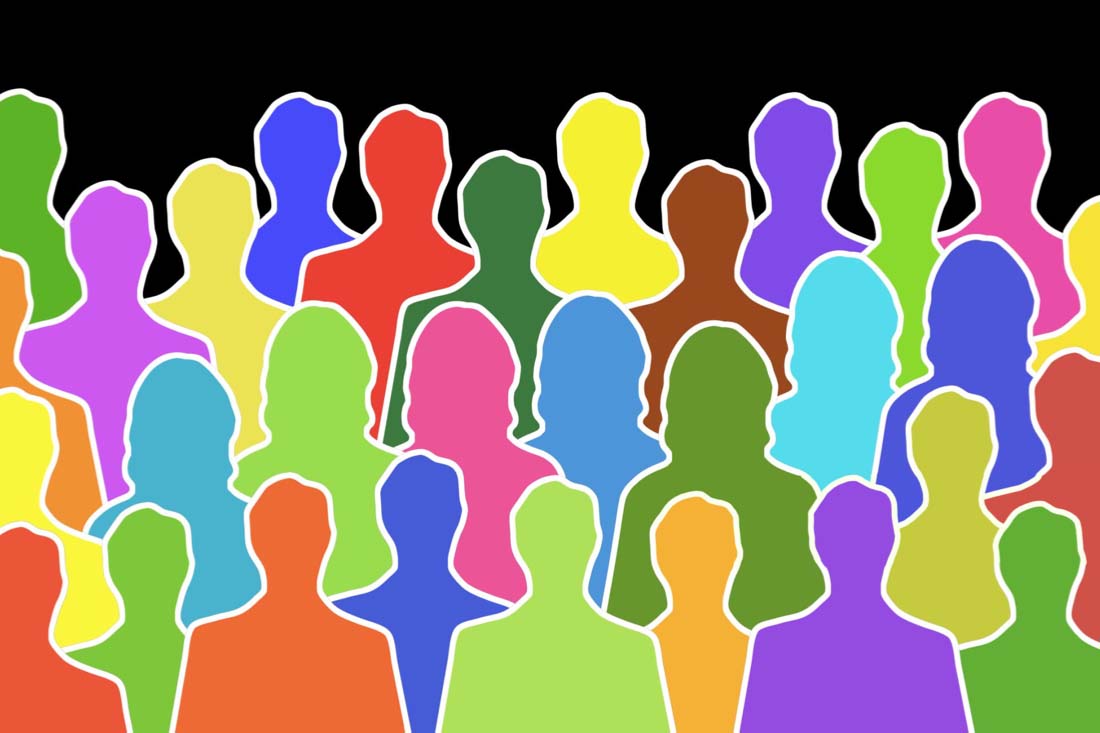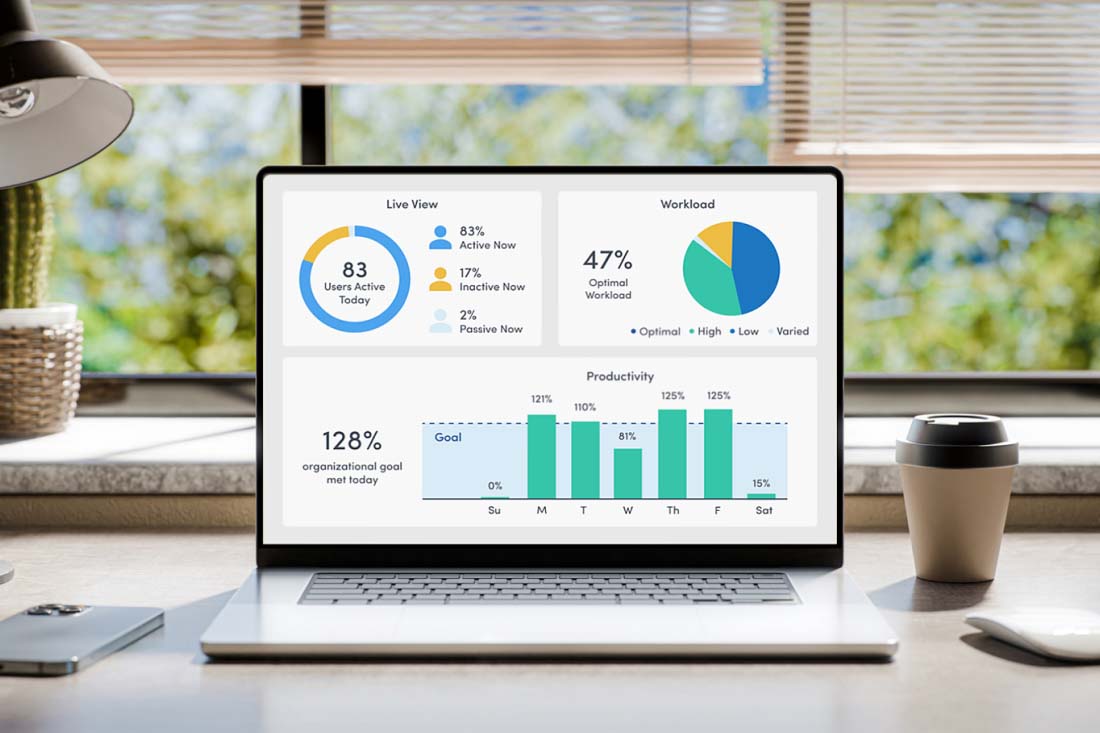What do Johnson & Johnson, NASA and Fam Brands all have in common? They’re not just thriving brands. These companies all use people analytics
People analytics, also known as workforce analytics or hr analytics, uses employee data to guide business decisions. For some organizations, it’s as simple as conducting quarterly surveys and maintaining spreadsheets — although the most successful companies go much deeper. They rely on data to inform a wide range of decisions related to employee engagement, talent acquisition, productivity, capacity planning and more.
This may all sound great in theory, but what does a strong people analytics project actually look like? Take a look at six examples of leading brands using people analytics and use the takeaways to inspire your organization’s strategy.
People analytics examples to inspire your strategy
Like any data-driven initiative, the possibilities of people analytics are virtually limitless. Here are six examples of how successful companies across industries use it to inform workforce decisions.
1. Predicting manager and employee success at Google
As one of the first companies to use people analytics, Google has long leaned on workforce metrics to reach business goals. In fact, the global tech company doesn’t even employ HR professionals — instead, they have a “people operations” team. This department is responsible for conducting research devoted to transforming organizational practices.
For example, with Project Oxygen, Google analyzed reams of data to determine what makes for an effective manager. Rather than relying on gut instinct and anecdotal evidence, the people operations team measured the habits of high-performing managers to cultivate them through companywide coaching and communication.
Google applied a similar people data approach to the company’s talent acquisition process. First, the team analyzed hiring, firing and promotion data to understand the biggest predictors of employee success. Then, when eight important qualities emerged, they redefined their hiring process. The one attribute expected to be prominent — STEM (Science, Technology, Engineering, and Mathematics) proficiency — came in dead last. Instead, the data showed characteristics like empathy, communication skills and a supportive attitude were far more critical.
2. Improving employee well-being at Fam Brands
For apparel manufacturer Fam Brands, people analytics plays a critical role in improving the employee experience. The company made significant improvements in several areas since adopting a workforce analytics platform for visibility into employee performance and engagement.
For instance, rather than blindly building a hybrid work policy, human resources analyzed location insights to see where people do their best work. The data revealed employees who work from home are more productive than those who don’t. Fam Brands also identified needs around training, hiring and communicating that would have otherwise flown under the radar — all thanks to people analytics dashboards.
3. Dispelling hiring myths at Johnson & Johnson
Johnson & Johnson put employee data to work when the people analytics team tested a hypothesis among recruiters as to whether years of experience matter more than talent for certain roles. The company had seen a dip in college graduate hires, and leadership wanted to know if more experienced candidates actually performed better on the job.
In this example, the business analyzed data points on nearly 47,000 employees to compare performance, promotions and attrition rates. They found recent graduates not only performed just as well as their more experienced colleagues but also stayed at the company significantly longer. That data replaced the initial hunch, sending recruiters back to college campuses and leading HR to invest in leadership development and mentorship programs.
4. Finding the right talent at NASA
When NASA needed to prepare its workforce for ambitious missions, the space agency turned to people analytics. The HR department wanted to uncover current workforce trends and help identify skills gaps to fill.
To do this, NASA started using an advanced database to create graphs that show the specific skills, abilities and technology required to get the job done. Then they mapped these factors to each employee’s role, projects and training requirements. It’s how the agency ensures proper role alignment while preparing for the future.
5. Increasing efficiency at ShipSticks
In the case of golf club retailer ShipSticks, business leaders needed a way to measure and improve efficiency. It’s one thing to suspect your call center isn’t operating as effectively as possible. But when people analytics shed light on exactly where those problems are rooted, it’s much easier to improve processes.
In this example, leadership needed to tighten the customer service representative workflow. Rather than just ask for feedback from reps, they looked to data for the full story. Workforce analytics revealed each employee had to open multiple applications just to service one customer. This created a lag for customers as reps switched back and forth between apps to get the information they needed. The company quickly acted on this intel to eliminate unnecessary apps and create a more streamlined support process.
6. Maximizing office real estate at Cisco
Cisco doesn’t just promote hybrid work. The multinational tech conglomerate uses workforce analytics to guide its own office space decisions and remote work policies. With the days of traditional office spaces long gone, it’s more important than ever to ensure efficiency for each square foot of office real estate. For Cisco, that means calculating office space utilization and taking steps to understand where people work best.
The company is widely known for using workforce analytics to reduce unused office space. In one notable move toward hybrid work, Cisco’s Chief People, Policy and Purpose Officer stopped dictating when people came into the office. Instead, the organization recognized the need to replace “enormous real estate holdings” with more flexible spaces for meetings, team bonding and brainstorming.
Implement people analytics with ActivTrak
Ready to unlock the full potential of your workforce with people analytics? ActivTrak empowers you with critical workforce analytics for HR out of the gate. Our workforce analytics platform aggregates and analyzes employee data to provide actionable insights you can use to guide critical decisions. Thousands of customers use it to reduce turnover, increase engagement, lower the risk of burnout, guide hybrid work policies and more.
Request a demo for a behind-the-scenes look at our dashboards and see how companies like yours use them to guide people analytics processes.





